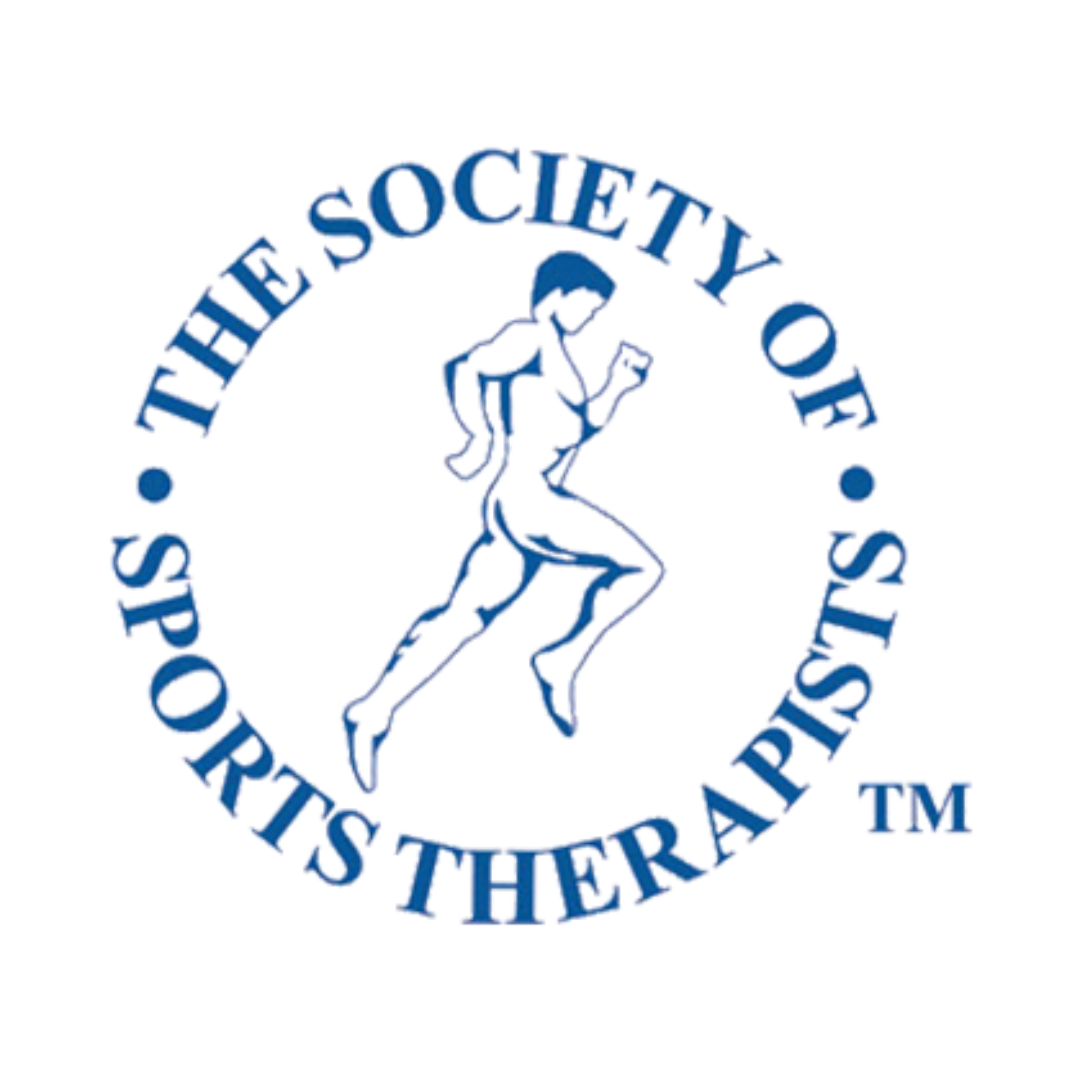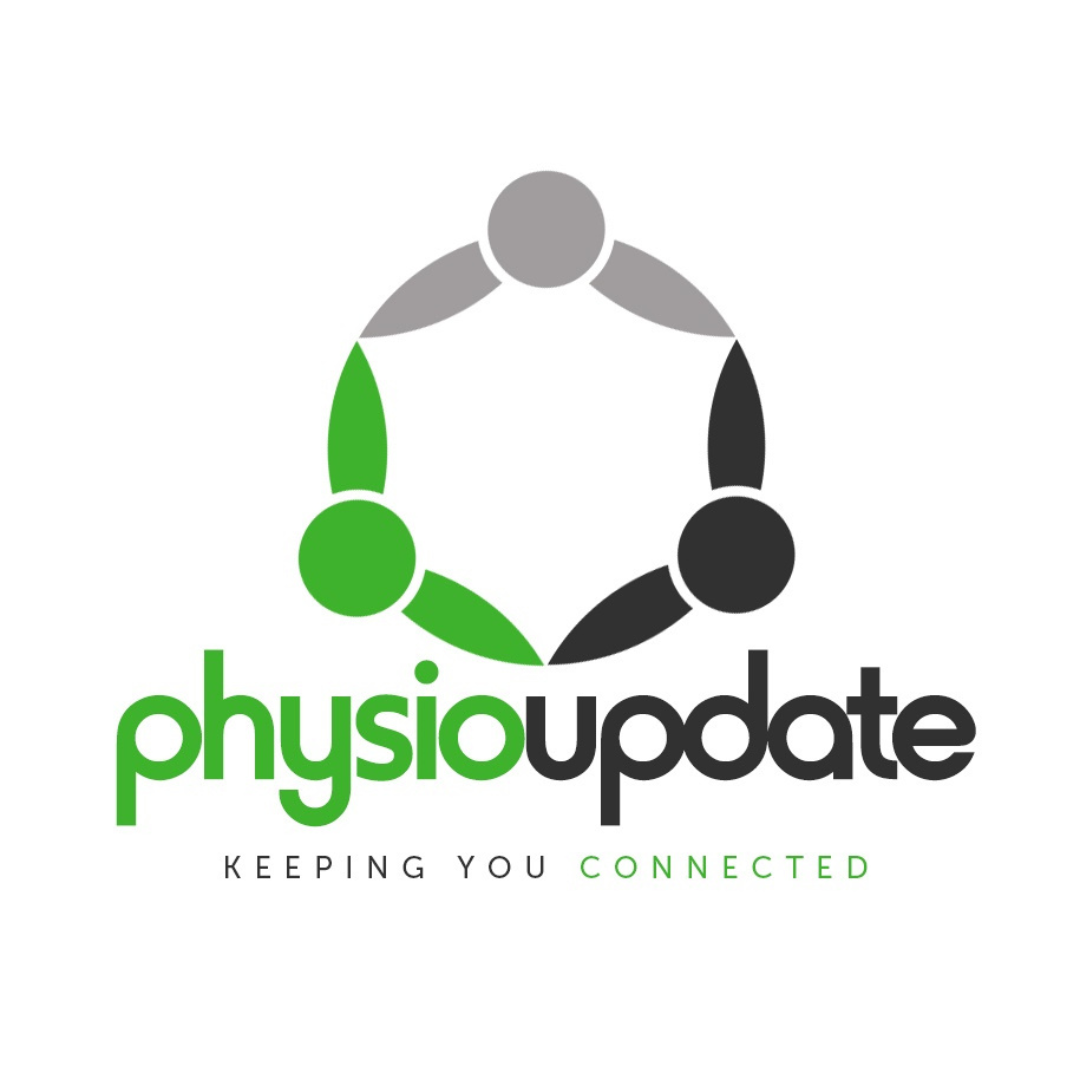Session Spotlight: Simplifying the upper quadrant: neck, shoulder, and upper back pain with Michael O’Reilly
)
Michael is a MSK Physiotherapist with over 20 years specialising in the management of neck pain, headaches, shoulder pain and complex upper quadrant dysfunctions. He passionately believes empowering patients with the tools and understanding keep moving optimally in a changing and posturally challenging world.
In an inspiring session at Therapy Expo 2024, Michael shared insights into his innovative approach to managing upper quadrant dysfunction, centred around his creation: the Balance Wedge. Drawing on over 20 years of experience in musculoskeletal physiotherapy, he offered a practical and biomechanically informed strategy to combat the growing impact of screen-related postural issues.
Understanding the root cause
Michael began by explaining modern upper quadrant dysfunction with the analogy of a tree:
-
Roots: our “stone age" bodies struggling in an "information age", overwhelmed by digital demands.
-
Trunk: sustained, static postures that fatigue core control and feed dysfunction.
-
Branches: symptoms like neck pain, headaches, shoulder discomfort, and upper thoracic tightness.
Digital overload and the modern posture crisis
Highlighting our average daily phone use, Michael stressed how constant forward-flexed posture results in:
-
compensatory overload on the neck and shoulder girdle
-
strain on myofascial and articular structures
-
a progressive cycle of pain and reduced mobility
He used the analogy of a "filing cabinet" being constantly pulled forward, illustrating how postural imbalances create increasing demand and eventual dysfunction.
Biomechanical ratchets and wedges
Key contributors to this imbalance include:
-
Pec Minor: Identified as a primary 'ratchet', its shortening pulls the trunk forward and compresses neurovascular structures.
-
Upper Trapezius: Often overactive in response to poor trunk posture, requiring coordinated treatment alongside pec minor.
Key takeaways
-
The information age is a constant ‘wind’ pushing posture forward. Practitioners should acknowledge it, but do not accept dysfunction as inevitable.
-
Biomechanical imbalance is not just pain location but is often the true driver of symptoms.
-
Simple tools like balance wedges and consistent habits can transform posture, pain, and patient outcomes.
Check out the full session recording here:


.png)
.png)

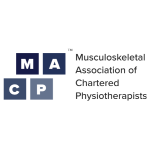



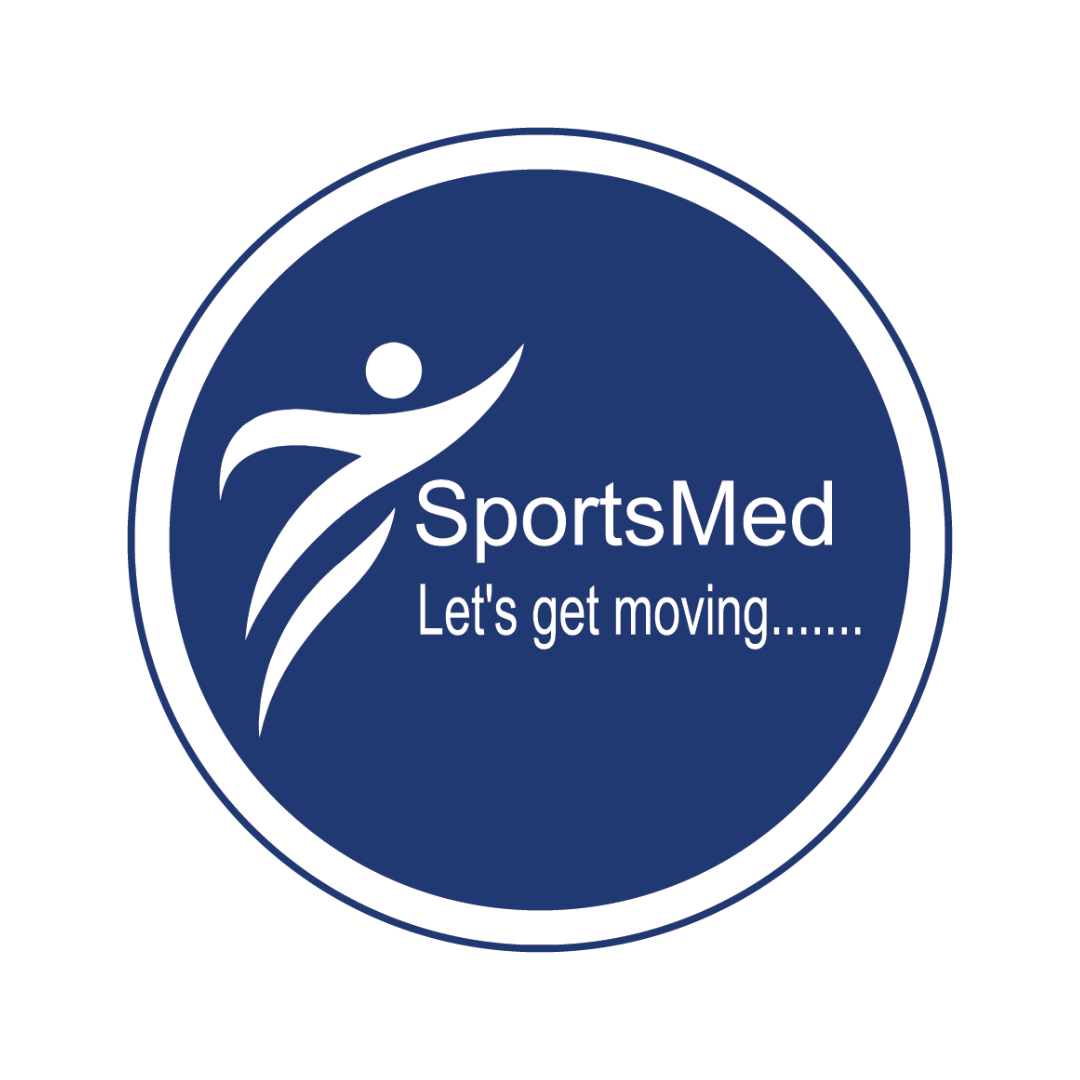


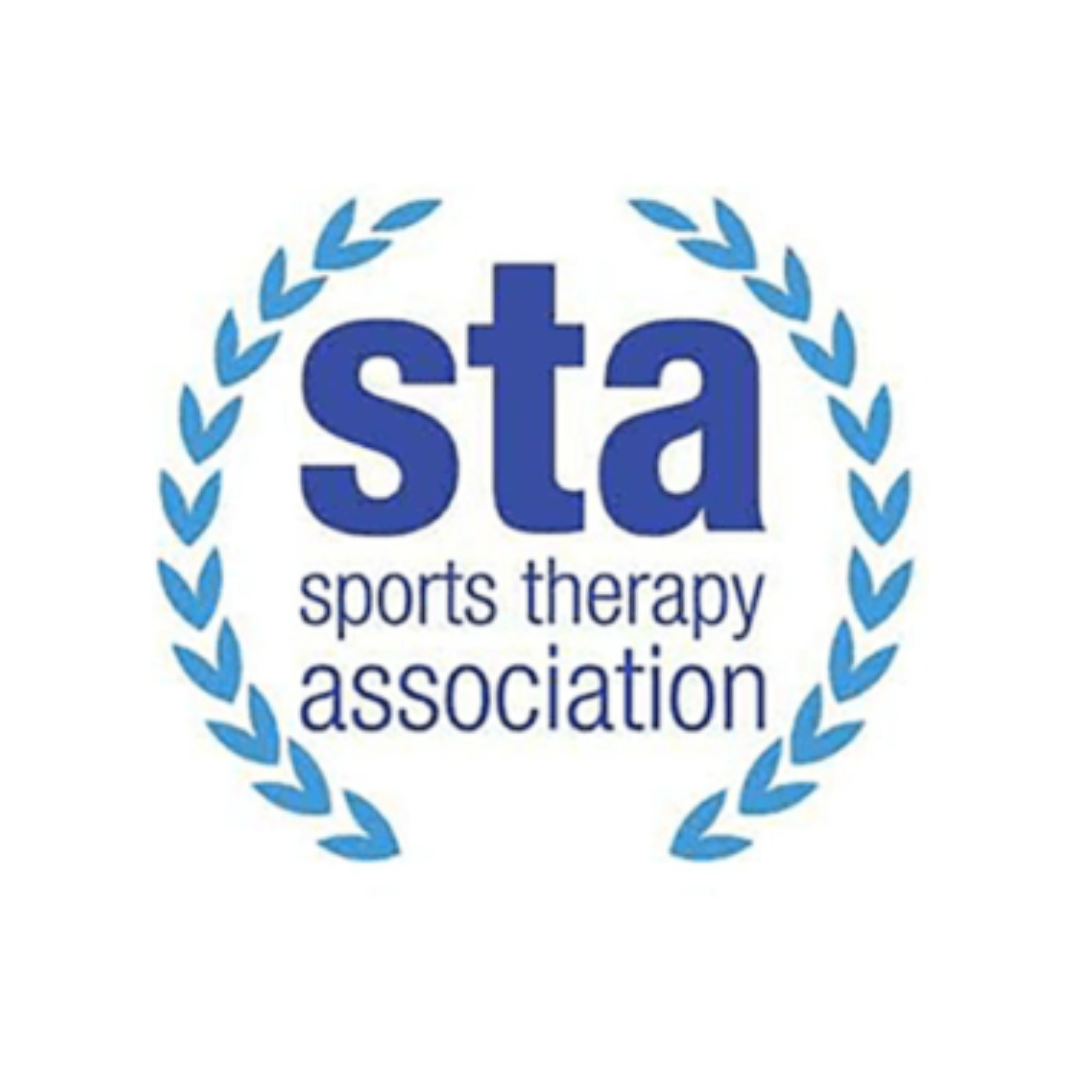


.png)
